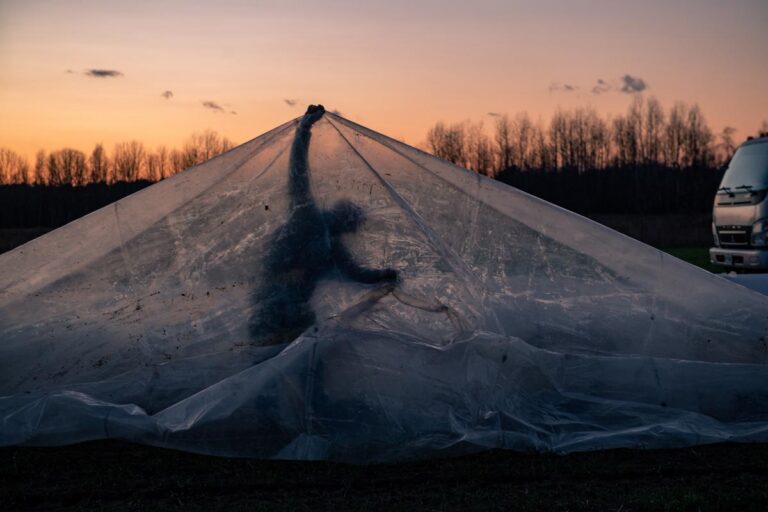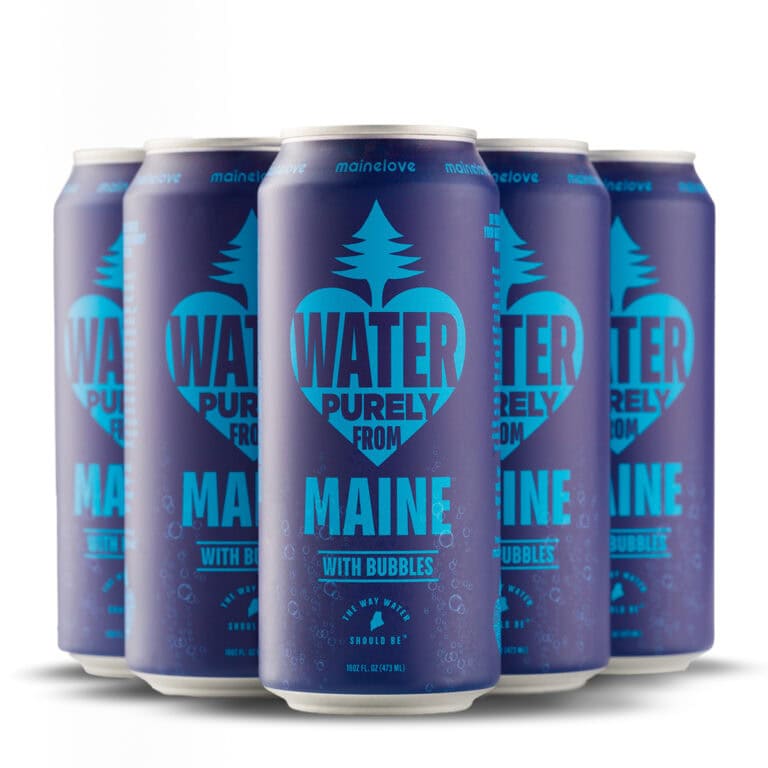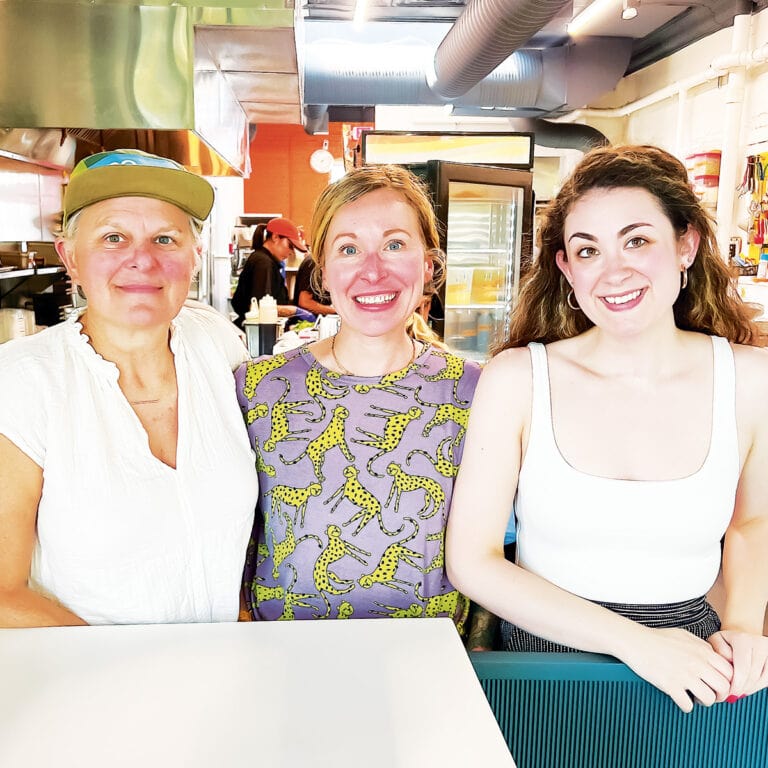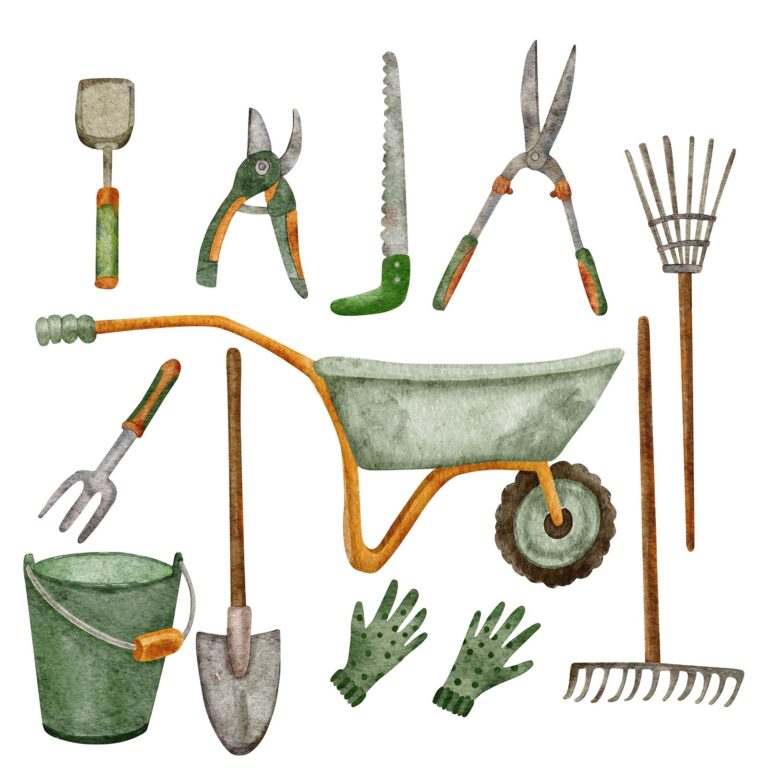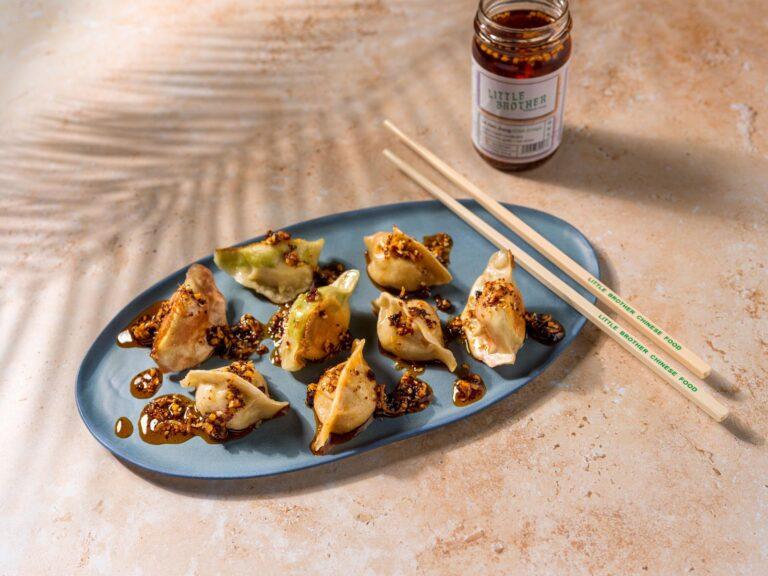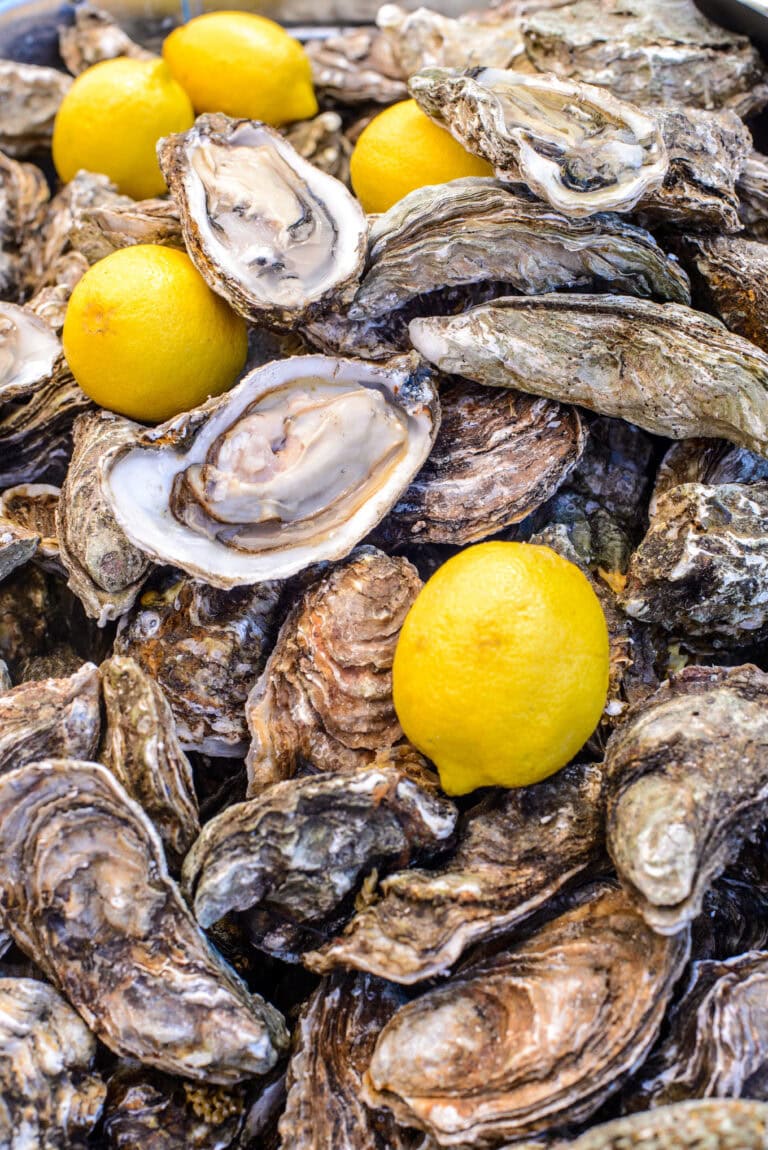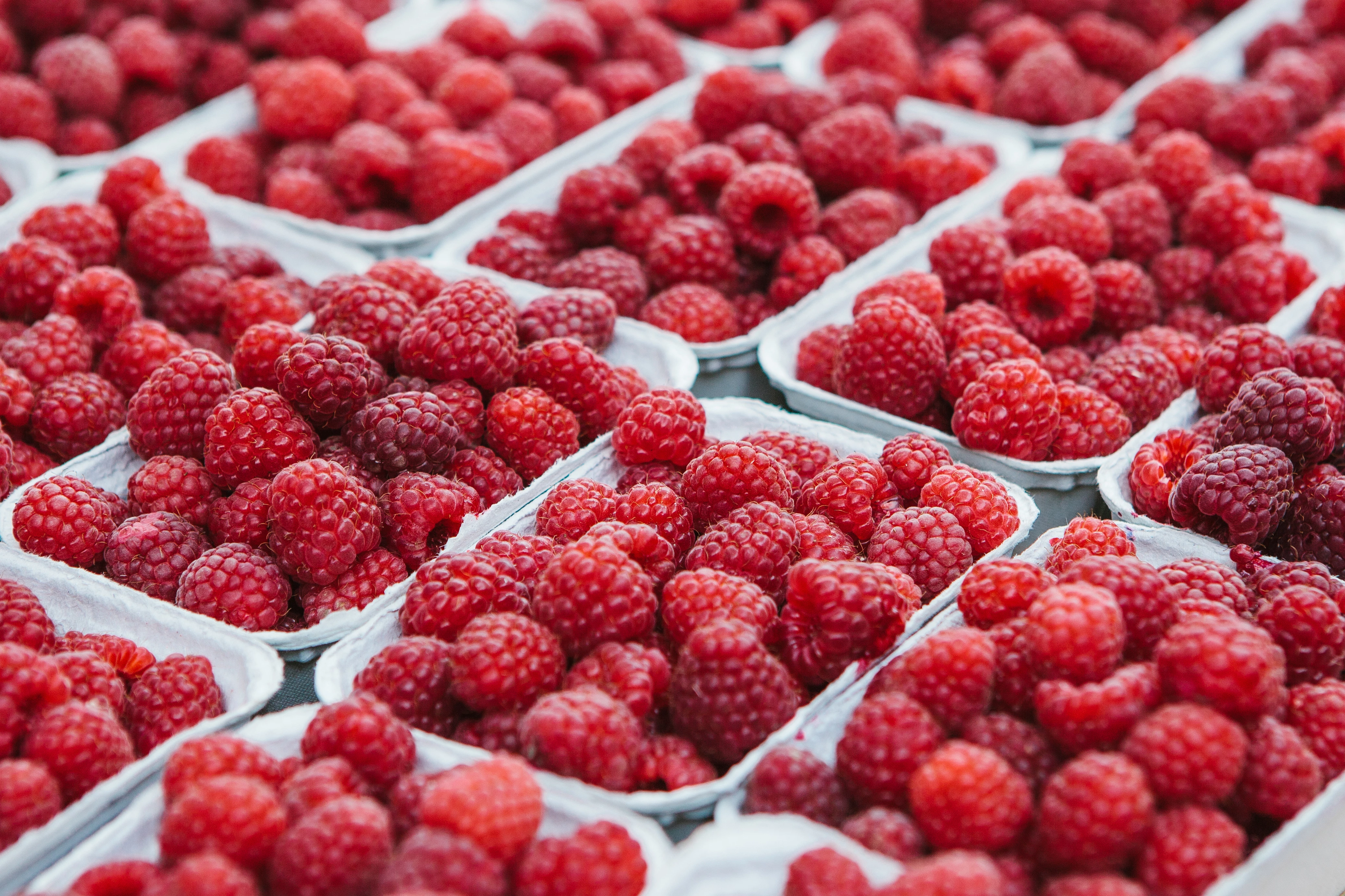There are few breakfast items, in my opinion, more satisfying than a sesame bagel schmeared lightly with cream cheese, topped with a slice of smoked nova salmon and a poached egg, and finished with a dab of hot sauce for zing and some microgreens for texture.
While I enjoy this combination on Sunday mornings in 2023, I know seafood for breakfast is not a new prospect. Since time immemorial, Indigenous communities on North America’s coasts have featured various preparations of salmon as part of their morning routines. The Japanese have long eaten grilled mackerel in their first meal of the day. Salted cod was a hot breakfast commodity for centuries as ships moved between new- and old-world trading hubs. Brits enjoy traditional kippers (split, salted, and smoked herring) with poached eggs and toast.
As a New Orleans native, I seek out shrimp and grits (a Southern specialty with ties to Africa) or crawfish étouffée (a dish with Creole and Cajun influences) and eggs when I am in Louisiana. I’ve always liked these dishes, but now I look at the seafood in the mix through a lens focused on sustainability.
In the case of the shrimp on my grits, I make sure it has been wild harvested from the Gulf of Mexico. Farmed shrimp (as well as crawfish for the étouffée) imported from China and southeast Asia are often pounded with chemicals so they can be produced cheaply. Those deflated prices crush domestic shrimp harvesting businesses. The economics got so bad that in 2019, Louisiana mandated restaurants to clearly label imported shrimp and crawfish on their menus, so it’s easy for eaters to learn the real story and choose accordingly.
I look at smoked salmon the same way. Finding it in Maine is an easy prospect. But often, the fish in play is farmed Atlantic salmon, which can be subject to similar chemical treatments and unhealthy production practices as farmed shrimp. Since wild Atlantic salmon is scarce here in Maine, I seek out smoked wild Pacific salmon, like sockeye, that comes from well-managed fisheries.
Any wild salmon destined for our plates has a story to tell. Take, for example, the coveted smoked Atlantic salmon from Woodcock Smokery in West Cork, Ireland. There is still a commercial Atlantic salmon fishery there, but it’s on the decline. Sally Barnes, owner of the operation and a friend of mine, has been smoking wild salmon netted by local fishermen for over 40 years. Each fillet she sells tells the story of the fish’s 1,000-mile journey, from the ocean to its spawning place, and the painstaking care she puts into the smoking process (which can take from 12 hours to three days) she’s perfected. Faced with the eventual choice, Barnes says she would stop operations rather than switch to smoking farmed salmon, partly because her product would lose its story.
You can look at any breakfast seafood through a sustainability lens when you learn its story.
Finnan haddie (cold smoked haddock) is an alternative to cold smoked salmon and can be served similarly, thinly sliced on the bias (if it’s been properly frozen first). However, most people will want to try a more traditional approach by poaching it in milk first. From a sustainability perspective, Gulf of Maine haddock stocks are down from historic levels. However, if you know the fish was harvested by a Maine fisherman, you know it’s been fished in line with management plans designed to rebuild haddock stocks.
Poultry eggs complement many Maine-sourced shellfish (like Jonah and Peekytoe crab and lobster) on brunch menu items like omelets and benedicts. The sustainability of American lobster has recently been questioned following the decertification of the fishery by two major sustainability labels, a move based on a decline in right whale populations. However, until there is more evidence that definitively proves Maine lobster gear is directly related to the right whale’s demise, I will continue to eat lobster, occasionally.
How about oysters for breakfast? The Maine coast is loaded with sustainably farmed oysters that can be stirred into a scramble or be fried with bacon and folded into a Hangtown fry, a dish with ties to the California Gold Rush.
A hardy New England seafood breakfast called corned hake was recently brought to my attention by Togue Brawn of Downeast Dayboat, as it is a favorite of hers. This homey dish comprises hake fillets (local sourced hake is abundant) that have been salted overnight and then cooked with potatoes, bacon or salt pork, butter, and pepper.
Sustainable seafood for breakfast in Maine is indeed an accessible prospect. Start your day off right by learning its story. I assure you, it will be more interesting than reading the back of a cereal box.







